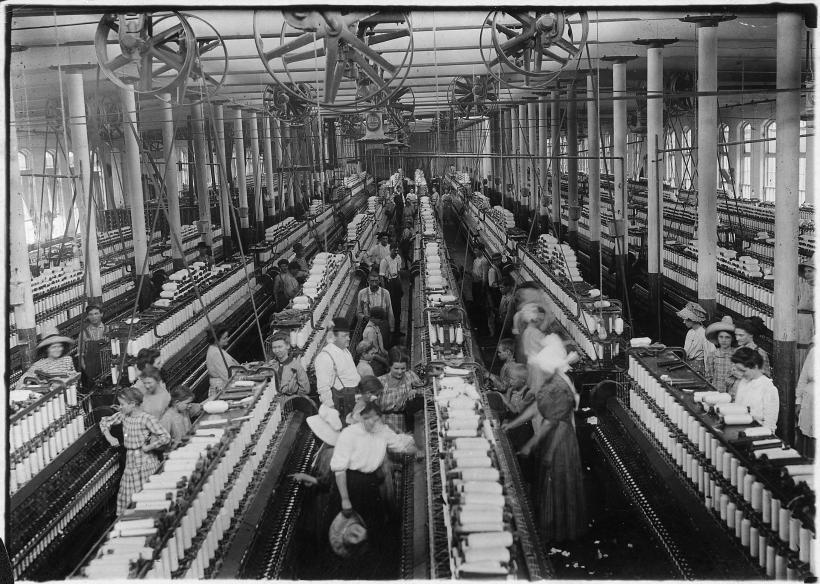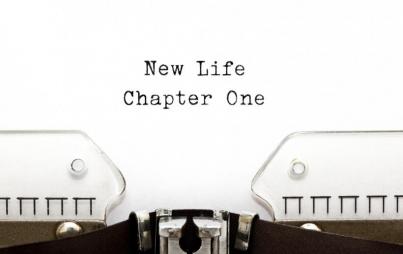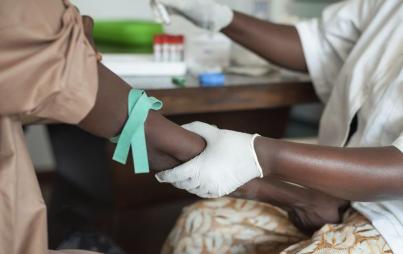
In a blast from the past and sort of farewell to Women’s History Month, the Huffington Post recently ran 19 images of women employed in various professions around the year 1915. These are familiar images—ladies working at power looms and garment factories, chorus girls performing in fancy New York Hotels, and women welding metal in munitions factories. Equally as familiar, sadly, is the gender wage gap, which continues to rage—even 100 years later.
Despite the 1963 Equal Pay Act, full-time female workers earn, on average, 77 cents for every dollar earned by men. In 2009, recognizing that pay inequality was still a problem, President Obama signed the Lilly Ledbetter Fair Pay Act, which allows victims of pay discrimination more time to file a complaint. Notably, in 2013, the Equal Employment Opportunity Commission (EEOC) sued the restaurant chain Checkers for pay discrimination, alleging that the company paid women less than men and also systematically scheduled women to work fewer hours than their male counterparts. Ultimately, Checkers settled, paying $100,000 in damages and agreeing to “furnish significant equitable relief” to discrimination victims.
Despite this and other recent legal victories, the wage gap persists with a vengeance. Last week, comedian Kristen Schaal appeared on The Daily Show mocking the results of a recent study by the Institute for Women’s Policy Research (IWPR) showing that women won’t actually see pay parity until 2058, after, she posited, the invention flying cars and astronauts landing on Mars.
Exasperatingly, pay disparity even exists in professions traditionally dominated by women. A report recently published by JAMA, the Journal of the American Medical Association, revealed that male nurses—who only make up about 9% of that workforce—earn, on average, $7,000 more than their female counterparts.
Even glamorous Hollywood celebrities are subject to pay discrimination, which the world learned after Sony executives’ emails were hacked, highlighting huge differences in pay. There was a silver lining for some stars; Charlize Theron used the leaked emails to successfully negotiate the same paycheck as her male costar in the upcoming film The Huntsman netting her over $10 million dollars.
Unfortunately, not all women are Charlize Theron and able to procure fair pay on the public stage. Many women remain on unequal pay footing because of large, systemic, and cultural issues; for many, childcare eats up an entire paycheck. Thus for some mothers, it's too expensive to stay in the workforce. Yet, studies have shown that equal pay for working women would help grow the economy and pull many families out of poverty.
As those old photographs demonstrate, women have jumped into new professions for at least a century—and will continue to do so. When will we be paid for our efforts? It seems clear that simply waiting for legislation and employers to do the right thing will take awhile. Perhaps we need to take a cue from those brave working women a century ago, and apply a little elbow grease ourselves. Then, maybe we will see pay parity before 2058.





